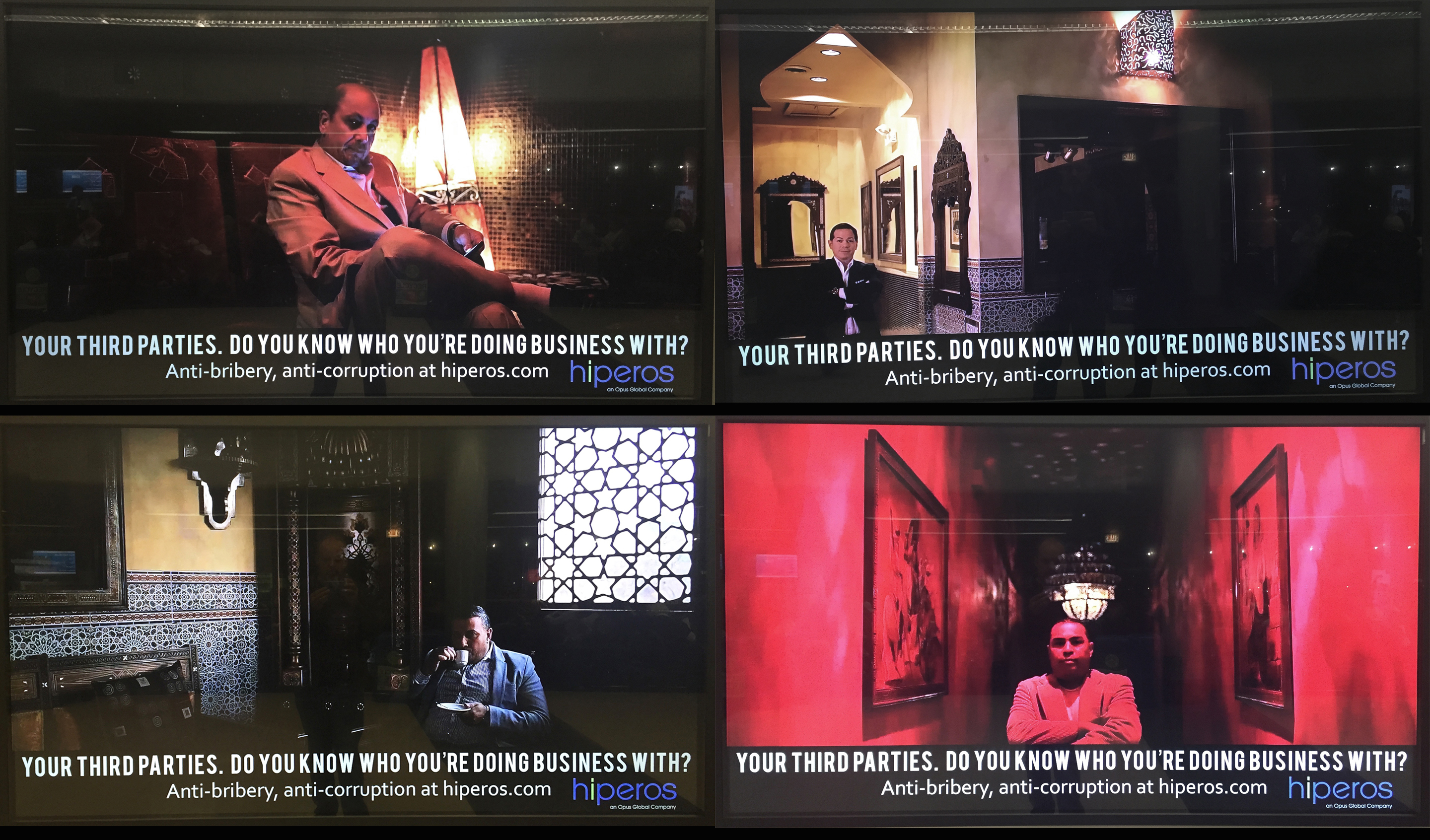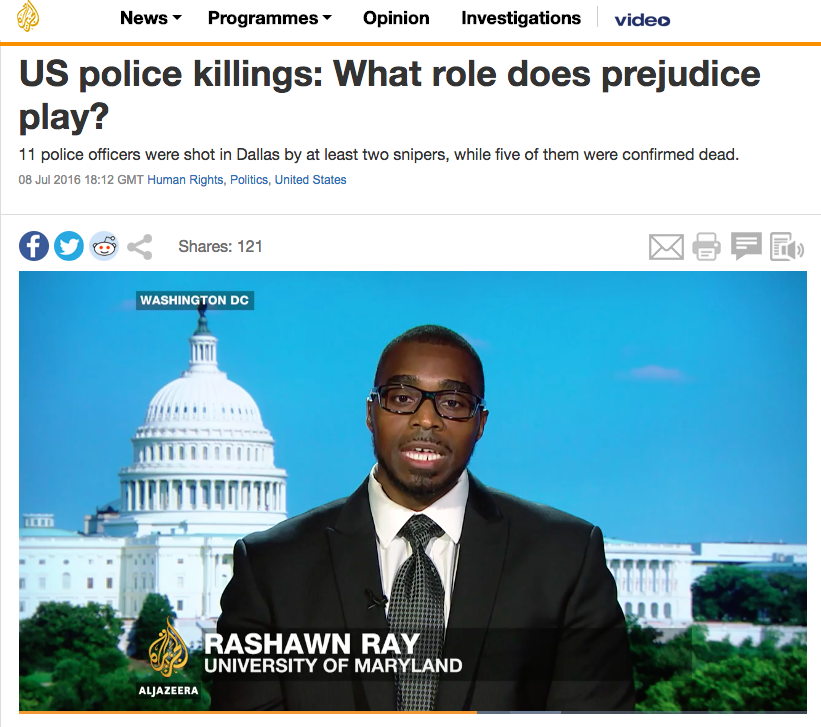Updated January 9th, 2017
The problem with overt racism (other than its bigoted, undemocratic, violent and discriminatory nature) is that whites (myself included as a white heterosexual male) too often think that as long as we don’t fly the Confederate flag, use the n-word, or show up to the white supremacist rally that, well…we aren’t racist. However, researchers at Harvard and the Ohio State University among others show that whites, even today, continue to maintain a negative implicit bias against non-whites. This negative bias is subconscious and is activated in split second decisions we make…judgments about others.
Harvard’s Project Implicit explains the Implicit Association Test (IAT) as follows:
“The IAT measures the strength of associations between concepts (e.g., black people, gay people) and evaluations (e.g., good, bad) or stereotypes (e.g., athletic, clumsy). The main idea is that making a response is easier when closely related items share the same response key.
When doing an IAT you are asked to quickly sort words into that are on the left and right hand side of the computer screen by pressing the “e” key if the word belongs to the category on the left and the “i” key if the word belongs to the category on the right. The IAT has five main parts.
In the first part of the IAT you sort words relating to the concepts (e.g., fat people, thin people) into categories. So if the category “Fat People” was on the left, and a picture of a heavy person appeared on the screen, you would press the “e” key.

In the second part of the IAT you sort words relating to the evaluation (e.g., good, bad). So if the category “good” was on the left, and a pleasant word appeared on the screen, you would press the “e” key.
In the third part of the IAT the categories are combined and you are asked to sort both concept and evaluation words. So the categories on the left hand side would be Fat People/Good and the categories on the right hand side would be Thin People/Bad. It is important to note that the order in which the blocks are presented varies across participants, so some people will do the Fat People/Good, Thin People/Bad part first and other people will do the Fat People/Bad, Thin People/Good part first.

In the fourth part of the IAT the placement of the concepts switches. If the category “Fat People” was previously on the left, now it would be on the right. Importantly, the number of trials in this part of the IAT is increased in order to minimize the effects of practice.
In the final part of the IAT the categories are combined in a way that is opposite what they were before. If the category on the left was previously Fat People/Good, it would now be Fat People/Bad.
The IAT score is based on how long it takes a person, on average, to sort the words in the third part of the IAT versus the fifth part of the IAT. We would say that one has an implicit preference for thin people relative to fat people if they are faster to categorize words when Thin People and Good share a response key and Fat People and Bad share a response key, relative to the reverse.”
But where do these negative subconscious attitudes come from?
The Kirwan Institute for the study of race and ethnicity at Ohio State states: “These associations develop over the course of a lifetime beginning at a very early age through exposure to direct and indirect messages. In addition to early life experiences, the media and news programming are often-cited origins of implicit associations.”
I recently came across one such example in the media. A seemingly harmless billboard in Chicago’s O’Hare International airport for Hiperos, a company that works to protect clients against reputational impact, regulatory exposure and revenue loss, particularly when dealing with a third party. I tried to ignore the large flatscreen monitor, however, as it flipped through the images I began to notice an interesting trend. The ad implied that, as a business, you need to be leery of the relationships you engage in with third parties. Of particular risk is exposure to bribery or corruption.

So, who can you trust? Who are the people you should be afraid of? Suspicious of? What does a deviant look like? Who might be corrupt or ask you for a bribe? I took a photo of each of the screens as they cycled through.
Turns out, the ad wants you to think the people you should be worried about are mostly non-white people.

Who is untrustworthy? Those that seem exotic – brown people, black people, Asian people, Latinos, Italian “mobsters”, foreigners.

Of course, this ad alone could not define for me or anyone whom I should consider suspicious, whom I should not trust. BUT this combined with thousands of other images in the news, movies, and television shows sink into my subconscious – developing a negative implicit bias.
Other patterns that emerge in these images are that tattoos are still seen as a mark of deviance. Also, deviance occurs in dark, unusual places, not the boardrooms of corporate America. Non-traditional hairstyles may also make you suspicious – Afros, mohawks, brightly colored hair.
There were a few non-Hispanic whites represented:

While most people in the US today are not explicitly and overtly racist, subtle messages still embed themselves into our subconscious through all types of avenues. Extensive research shows that we are not aware of these beliefs, but they are activated in split second decisions when we judge someone and a situation.
Over 1.5 million (nonrandom) people have taken the IAT since it appeared online. The tests show higher IAT scores, reflecting a greater negative racial bias against blacks and darker skin people, in southern states.

It is not just advertising but also, and likely even more so, the news media that contributes to the development of negative implicit racial bias. Research shows a correlation between the minutes of news media watched by whites and the level of negative implicit bias against blacks. Other studies have shown that US news media over-represents blacks as criminals. Click on the image of the article below to download a pdf.
This has very real consequences when applied to police officers and the use of deadly force on unarmed citizens. Research shows that officers are initially more likely to mistakenly shoot unarmed black suspects compared to white suspects. Click on the image of the article below to download a pdf.
Here are a few excellent summary pieces on the research of Implicit Bias (click on the images below for links to more research):
Take any number of Implicit Bias tests yourself here.
Teach well, it matters.
. . .
January 23, 2017
“‘I want to talk about yoga for cops.’ he told Rogers. ‘I want you to help figure out a way to stop the hurting.’ Goerling was intent on finding techniques that might help police officers cope with the job’s endemic pressures, which can cloud judgment, fuel unconscious biases, and manifest as rage or panic — or a combination of the two. Emotionally charged states can create the kind of deadly chaos that has made headlines in Ferguson, Baton Rouge, Tulsa, St. Paul, and a list of other municipalities, large and small, that grows by the day.”
July 13, 2016
A good discussion of implicit bias and how it plays a role in police shootings of black people. Click on the image below to view the video.
. . .
. . .
December 13th 2016
“But implicit bias is not about bigotry per se. As new research from our laboratory suggests, implicit bias is grounded in a basic human tendency to divide the social world into groups. In other words, what may appear as an example of tacit racism may actually be a manifestation of a broader propensity to think in terms of “us versus them” — a prejudice that can apply, say, to fans of a different sports team. This doesn’t make the effects of implicit bias any less worrisome, but it does mean people should be less defensive about it.”
“We need not resign ourselves to a future of tribalism. On the contrary, our research suggests that people have the capacity to override their worst instincts — if they are able to reflect on their decision making as opposed to acting on their first impulse. These insights, for example, could inform the types of implicit bias training programs that the Department of Justice is now requiring for nearly 30,000 prosecutors and law enforcement officers.”
Read the original research referenced above here.
. . .
. . .













Comments 5
TOOLS FOR TEACHING SOCIOLOGY: Teach well. It matters. - Sociology Toolbox — December 7, 2016
[…] IMPLICIT RACIAL BIAS: where do we learn whom we should perceive negatively? The problem with overt racism (other than its bigoted, undemocratic, violent and discriminatory nature) is that whites (myself included as a white heterosexual male) too often think that as long as we don’t fly the Confederate flag, use the n-word, or show up to the white supremacist rally that, well…we aren’t racist. However, researchers at Harvard and the Ohio State University among others show that whites, even today, continue to maintain a negative implicit bias against non-whites. This negative bias is subconscious and is activated in split second decisions we make…judgments about others. […]
tyler pitner — January 19, 2017
It is surprising that people think that there is still so much racism in society today, i feel as if i am not exposed to it enough because i was completely oblivious to to all of it. I also did not notice that the ads were mostly directed towards other races than white people all came to a surprise.
Discussion 8 — July 18, 2018
Seems we all should adopt some sort of colorblindness and reserve in off the cuff comments regarding racial ideology in order to end discrimination is by treating individuals as equally as possible, without regard to race, culture, or ethnicity.
POLICE KILLING OF BLACKS: Do Black Lives Matter? - Sociology Toolbox — May 27, 2020
[…] for police officers. Perceptions of danger are often tinted if not heavily skewed by explicit or implicit racist views that the black body is more dangerous. For more on this see the book, Policing Black Bodies […]
POLICE KILLING OF BLACKS: Do Black Lives Matter? | William Anton Lee [Notebook] — June 23, 2020
[…] for police officers. Perceptions of danger are often tinted if not heavily skewed by explicit or implicit racist views that the black body is more dangerous. For more on this see the book, Policing Black Bodies […]